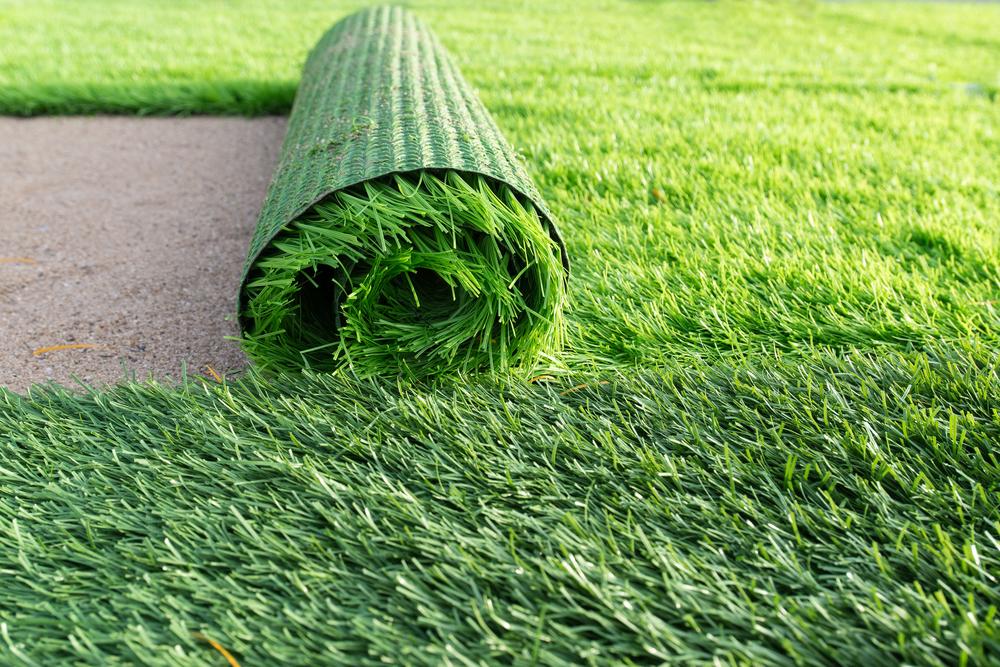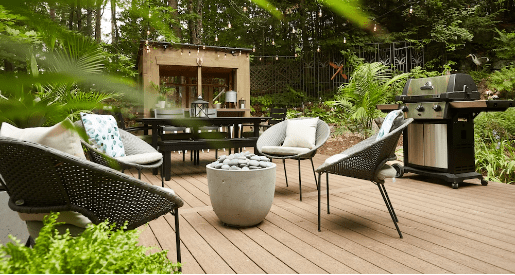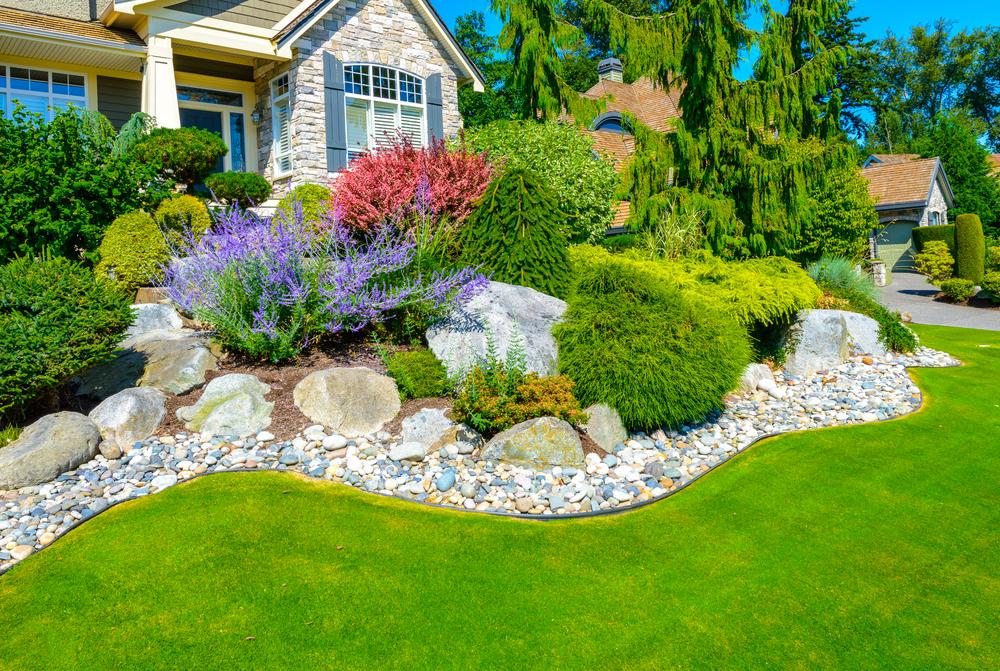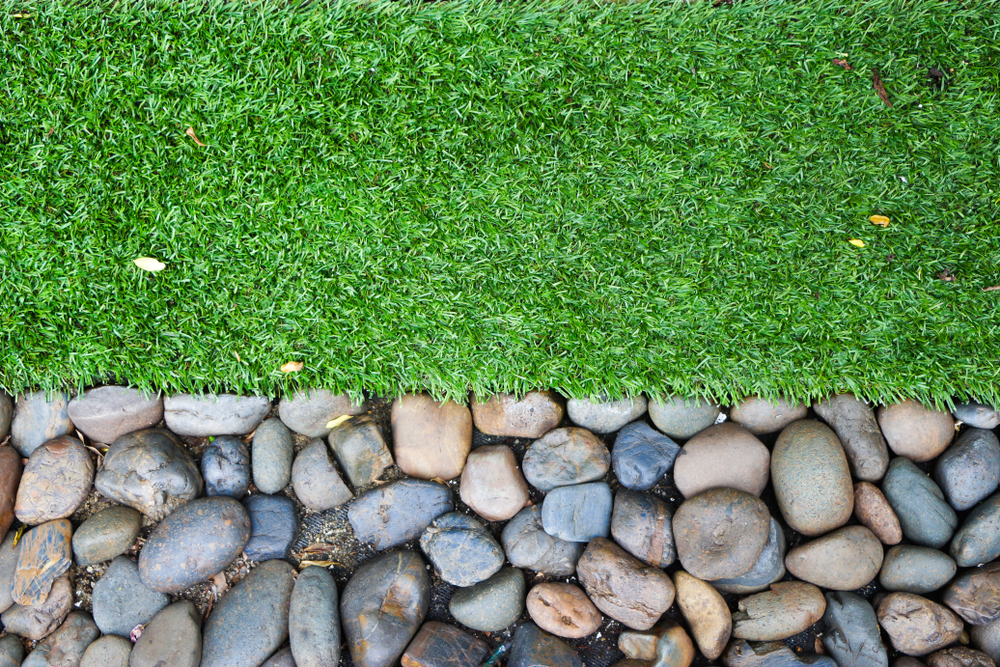In arid regions where water is scarce and the sun blazes for most of the day, maintaining a lush green lawn can be a daunting task. It’s in such challenging terrains that artificial grass steps in as a savior. Over the years, artificial grass, also known as synthetic turf, has undergone significant technological advancements, making it a preferable choice over natural grass, especially in desert climates. This article delves into the manifold advantages of artificial grass over its natural counterpart in these regions.
Water Conservation
Arguably the most significant benefit of artificial grass in desert climates is water conservation. Natural grass requires consistent watering, especially in arid regions, to remain green and healthy. On the other hand, artificial turf remains evergreen without the need for a single drop of water. With water being a precious resource in desert regions, using artificial grass can save millions of gallons annually.
Durability and Longevity
Artificial grass is designed to withstand harsh conditions, from blazing sun to heavy foot traffic. While natural grass can wither and turn brown under extreme heat, artificial turf retains its aesthetic appeal year-round, requiring minimal maintenance.
Cost-Effective in the Long Run
The initial investment in artificial grass might be higher than planting natural grass. However, when you factor in the recurring costs of water bills, mowing, fertilizers, and pest control required for natural lawns, the scales tip in favor of artificial turf. Over its lifespan, artificial grass proves to be a more cost-effective option.
Reduced Maintenance
Forget mowing, aerating, or fertilizing. With artificial grass, the maintenance tasks are drastically reduced. A simple brush and occasional rinse are all it takes to keep the turf in top shape. This not only saves time and effort but also reduces the carbon footprint linked with lawnmowers and other maintenance equipment.
Safe for Pets
A common concern among homeowners is, “Is artificial grass bad for dogs?” The answer is no. Modern artificial grasses are designed with pet-friendliness in mind. They are non-toxic, ensuring that pets can play without any health risks. Additionally, they are permeable, allowing pet urine to drain through, and making it easy to clean up after pets.
Read about: Water-Saving Landscaping with Rocks: An Eco-Friendly Approach for Las Vegas Homes
Consistent Aesthetic Appeal
Desert climates can be harsh on natural lawns, with patches turning brown and uneven growth patterns. Artificial grass offers a uniform look, providing a consistently green and aesthetically pleasing lawn regardless of the weather conditions.
Eco-Friendly Options
Many modern artificial grass options are made from recycled materials, reducing the demand on virgin resources. Additionally, by saving water and eliminating the need for fertilizers and pesticides, artificial turf is a green choice for the environment.
Versatility
Artificial grass is not restricted by the natural elements that can limit natural grass growth. This means you can install it anywhere, from rooftops to indoor areas, creating green spaces in places previously deemed impossible.
Allergen Reduction
For those who suffer from grass allergies, artificial turf can be a relief. It doesn’t produce pollen, ensuring that homeowners can enjoy their outdoor spaces without the worry of triggering allergies.
Temperature Regulation
One of the challenges with natural grass in desert climates is the intense heat it can absorb and radiate. On the contrary, certain artificial grass varieties are now manufactured with technologies that help reduce the surface temperature. These heat-reflective technologies ensure that the grass remains cooler underfoot even in the blistering heat, making it comfortable for both homeowners and their pets.
Read about: The Ultimate Guide to Choosing Artificial Grass for Your Lawn
No Pests or Weeds
Natural grass can be a breeding ground for pests, and the constant battle with weeds can be tiresome for homeowners. Artificial grass eliminates these concerns. Since it doesn’t provide organic matter for pests to thrive on, the chances of infestations are minimized. Moreover, weeds cannot sprout through well-installed artificial turf, ensuring your lawn remains pristine.
Customizable Designs
Artificial grass offers a level of customization that natural grass can’t match. From varying shades of green to different textures and pile heights, homeowners have the freedom to design a lawn that fits their aesthetic preferences and functional needs. Want a patch of longer grass? Or maybe a certain shade to match your landscape design? With artificial grass, the possibilities are endless.
No Soil Erosion
Desert climates can sometimes come with sandstorms and strong winds, leading to soil erosion in natural lawns. With artificial grass, this problem is eliminated. The robust backing of the turf ensures the soil underneath is protected from erosion, preserving the integrity of your landscape.
UV Resistant
With the intense sun in desert climates, there’s a legitimate concern about materials fading over time. However, top-quality artificial grass is treated with UV stabilizers, ensuring that the vibrant green color is retained for years, despite the harsh sunlight.
Contribution to Urban Heat Island Effect Reduction
Natural lawns, especially when stressed or browned by the desert sun, can contribute to the urban heat island effect. Artificial grass, particularly the types designed to stay cooler, can mitigate this effect, making urban areas more livable and reducing the overall ambient temperature.
Final Thoughts
As the world grapples with the challenges of climate change, water scarcity, and environmental degradation, the choices we make in our daily lives can have profound impacts. Opting for artificial grass in desert climates is one such choice that combines pragmatism with environmental stewardship.
Read about: How to Choose the Right Boulders for Your Garden: A Step-by-Step Guide
However, while the benefits of artificial grass in desert environments are manifold, it’s essential for homeowners to make informed decisions. Quality matters. Not all artificial turfs are created equal, and investing in high-quality grass that’s safe for all family members, including pets, is crucial.
The concern often raised about artificial grass, especially around its safety for dogs, is largely contingent on the quality and type of turf chosen. Top-tier products are designed to be pet-friendly, non-toxic, and provide a comfortable surface for our four-legged friends.
In the end, the comparison between natural and artificial grass isn’t just about aesthetics or ease of maintenance. It’s about aligning our choices with the broader goals of sustainability and harmony with the environment. For those living in desert climates, the shift to artificial grass can be both a practical and responsible decision, paving the way for a greener, more sustainable future.





